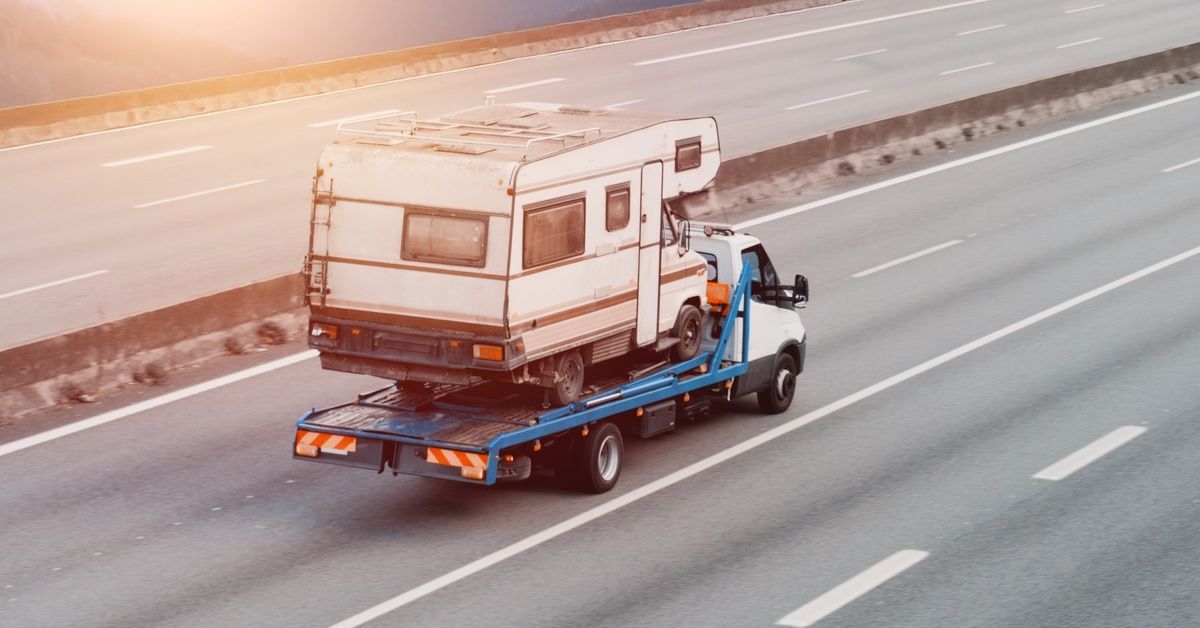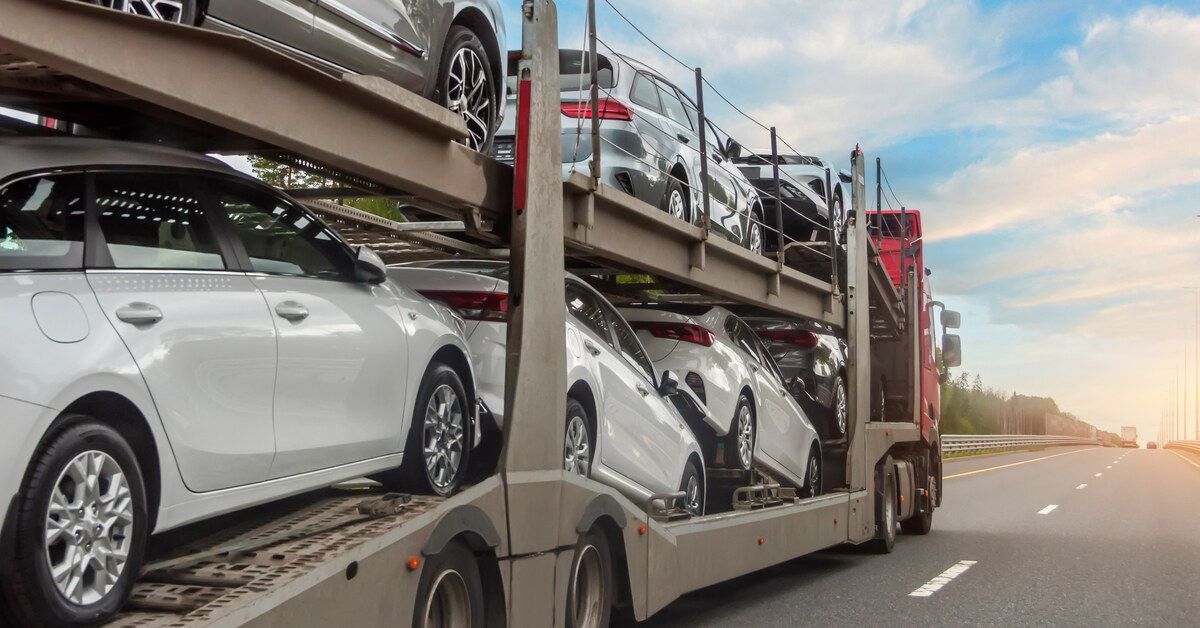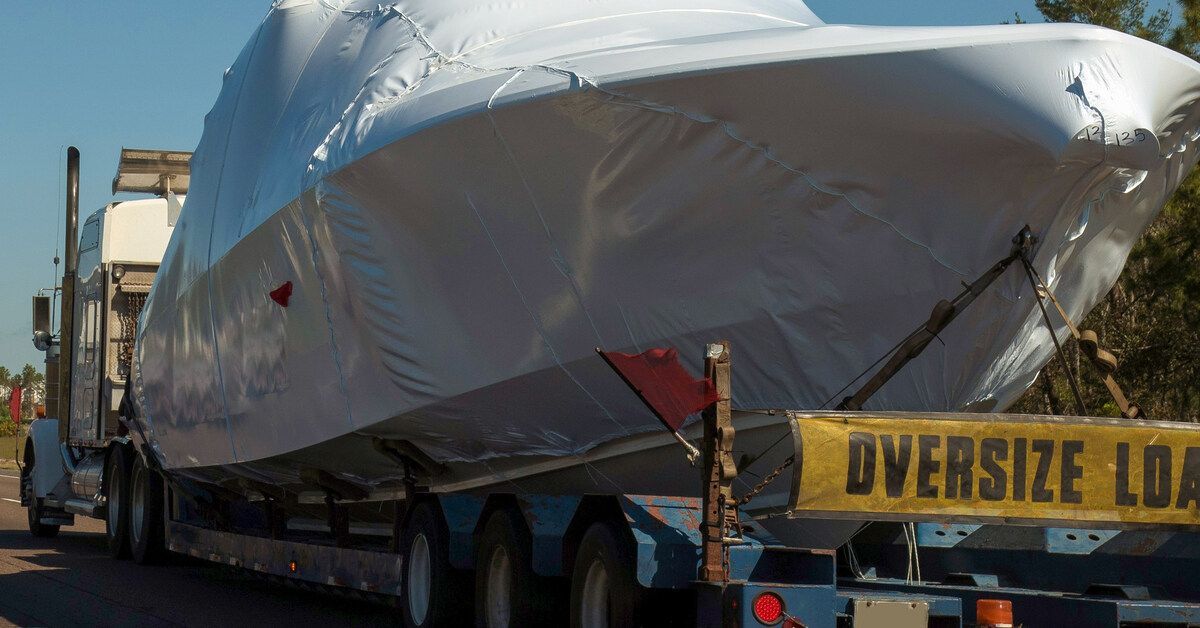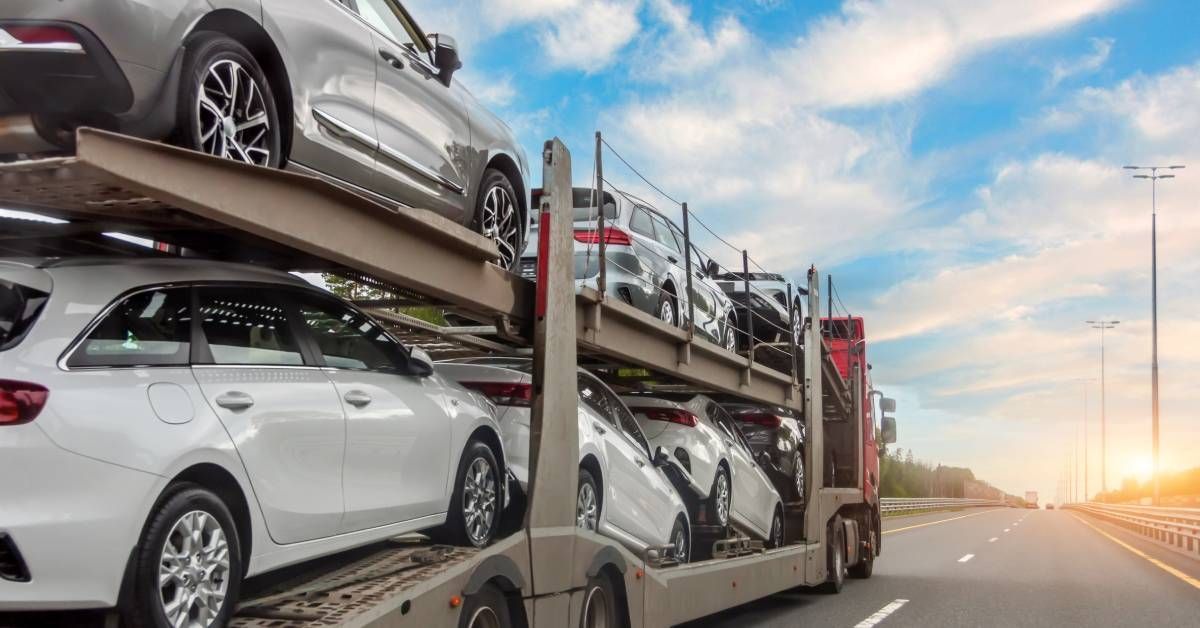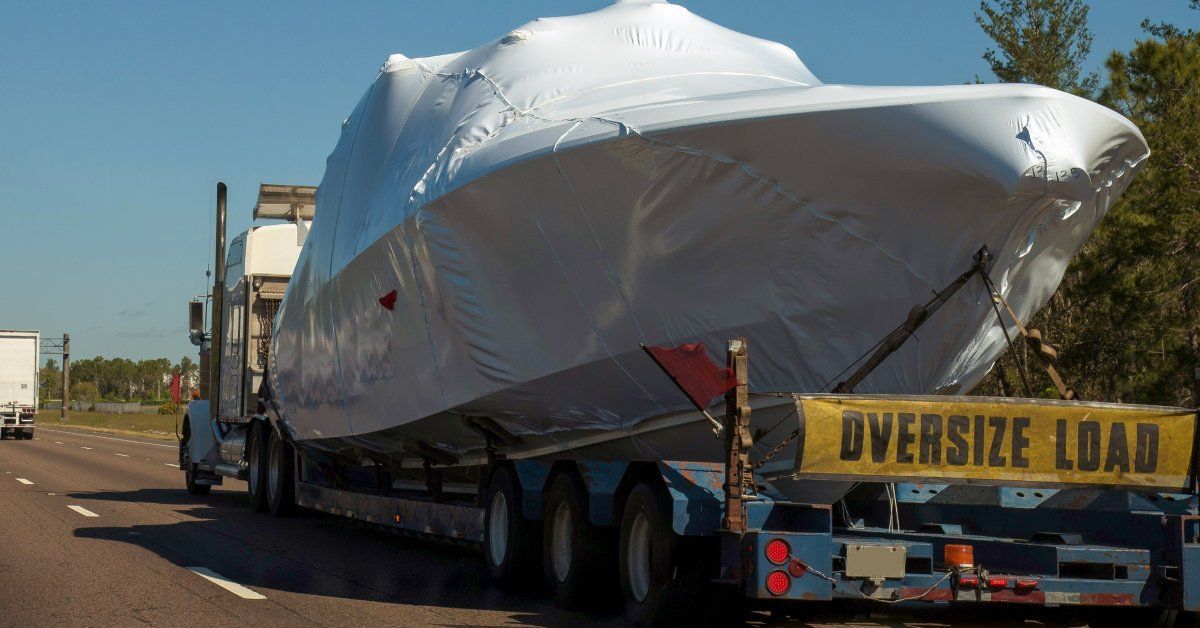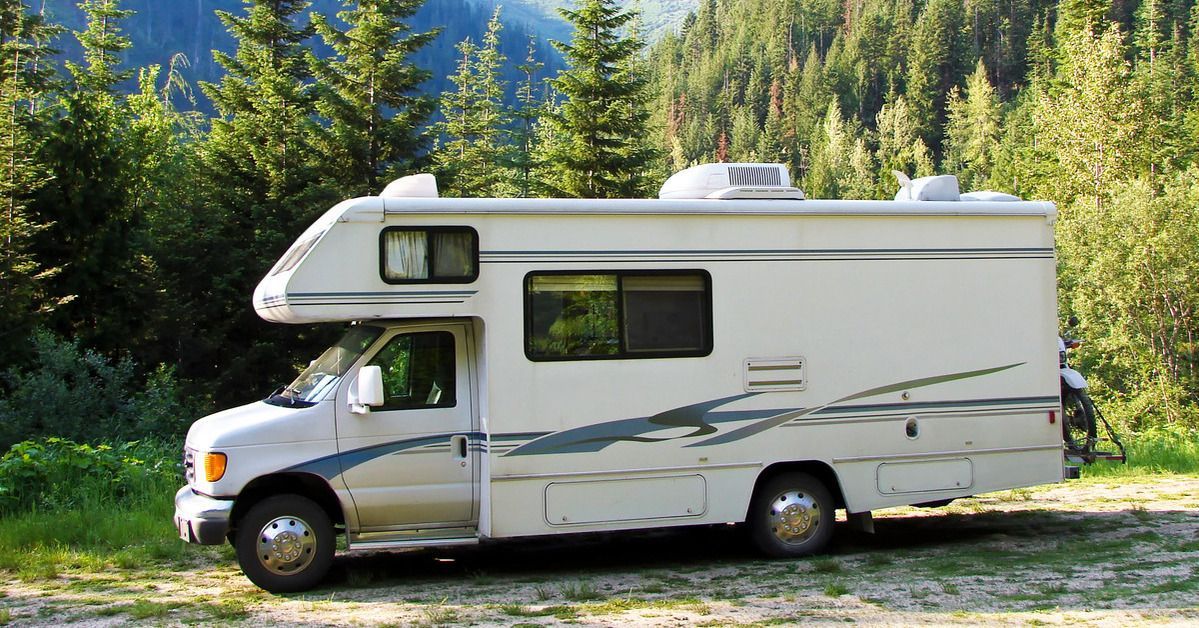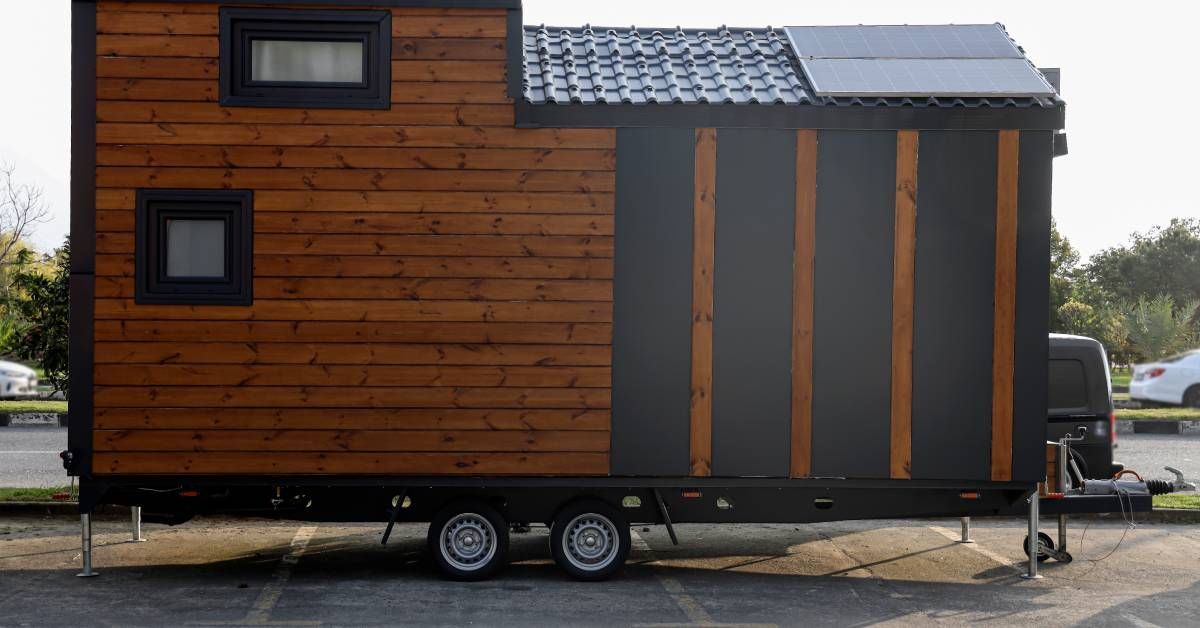24 HOUR CUSTOMER SERVICE
GET A QUICK QUOTE TODAY! CALL US TOLL FREE:
844-292-2153
Height Issues To Be Aware of in Boat Transportation
Owning a boat opens up a world of entertainment possibilities, but transporting it can be tricky. Height is one of the most important factors to consider during the transportation process. If you’re not careful, height issues can lead to serious problems on the road. Learn how to protect your boat on and off the water by understanding the transportation height issues to be aware of and some practical solutions for them.
Height Restrictions for Boat Transportation
Transporting a boat isn’t as simple as towing it from point A to point B. Various roadway restrictions, including height restrictions, can complicate the process. Many roads and bridges have height limits, with the standard height limit being 13'6" in most states. In some cases, you may need a permit to navigate a specific route, adding another layer of complexity to the transportation process. It’s crucial to know your boat’s height and the route’s restrictions beforehand to ensure a smooth trip. Map out the journey, check for any construction or temporary height restrictions, and consult certified marine transport professionals to ensure compliance with all regulations and enjoy a smooth trip.
Height Transport Issues That Can Arise
Unexpected height issues can cause significant delays and damage, often leading to costly repairs and downtime. Boat owners often encounter difficulties with underpasses and low bridges, which may not accommodate taller vehicles or vessels. Additionally, some roads feature hanging power lines or tree branches that affect taller boats’ clearance. Plan your route carefully to avoid these obstacles, taking time to identify all possible height restrictions and consider alternative paths. Proper planning can save time and money and prevent unnecessary accidents.
Remember: Trailers Add Height
When calculating your boat’s height, don’t forget to include the trailer. The trailer often increases the boat’s height by two to three feet, which can lead to unexpected issues, such as clearance problems when driving under bridges or through tunnels. Always measure the combined height of the boat and the trailer to ensure you stay within legal, safe limits. Additionally, consider any accessories mounted on the boat, like towers or lights, as they can also increase the total height. Remembering these height factors will help you avoid potential hazards and ensure a smoother and safer journey.
How To Safely Transport Your Boat
To safely transport your boat, start by measuring its height, including the trailer, to ensure accurate dimensions. Next, thoroughly research your route for any height restrictions, low bridges, or other obstacles that could pose a challenge. Additionally, check for specific regulations or permits required to transport oversized loads in different states or regions.
Consider using Coast To Coast Transportation’s certified marine transport service; we have the expertise, specialized equipment, and experience to handle issues efficiently. Our professionals can help you avoid potential problems, manage any necessary paperwork, and provide peace of mind. By taking these precautions, you can ensure your boat arrives safely and without incident, ready for your next adventure on the water.
Height issues in boat transportation can be challenging, but with careful planning, you can manage them. For peace of mind, consider hiring marine transport professionals like our experienced team at Coast To Coast Transportation. We can handle the complexities of the process, ensuring your boat is secure and ready for your next waterway trips.
WHERE TO FIND US
3815 N. Highway 1, Suite 111,
Cocoa, FL 32926
Cocoa, FL 32926
WHERE TO FIND US
3815 N. Highway 1, Suite 111,
Cocoa, FL 32926
Cocoa, FL 32926

